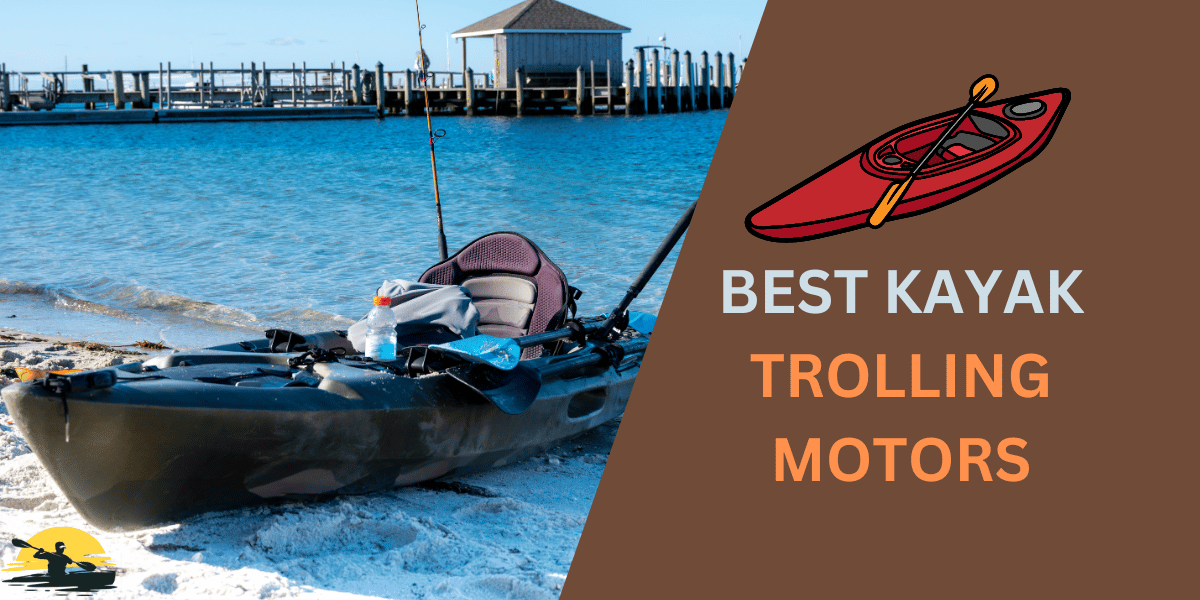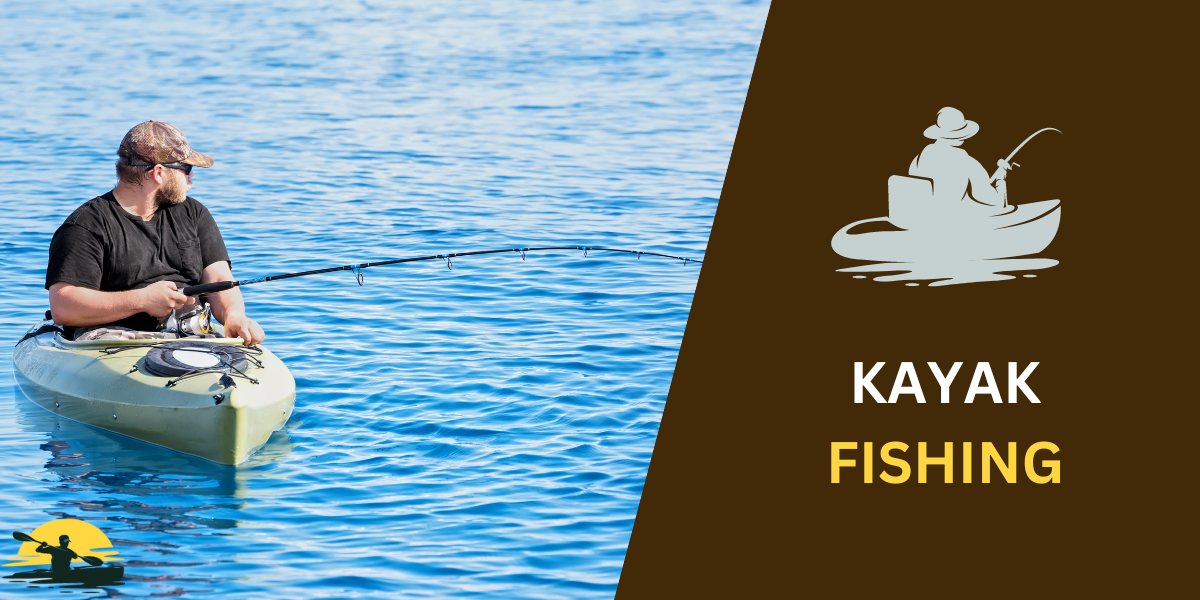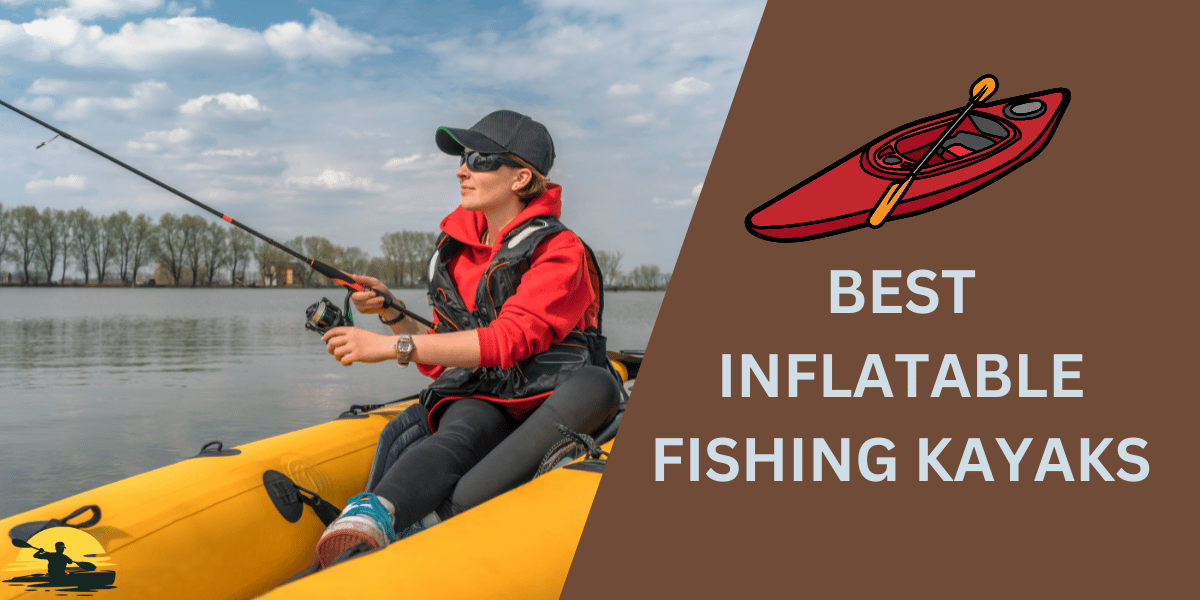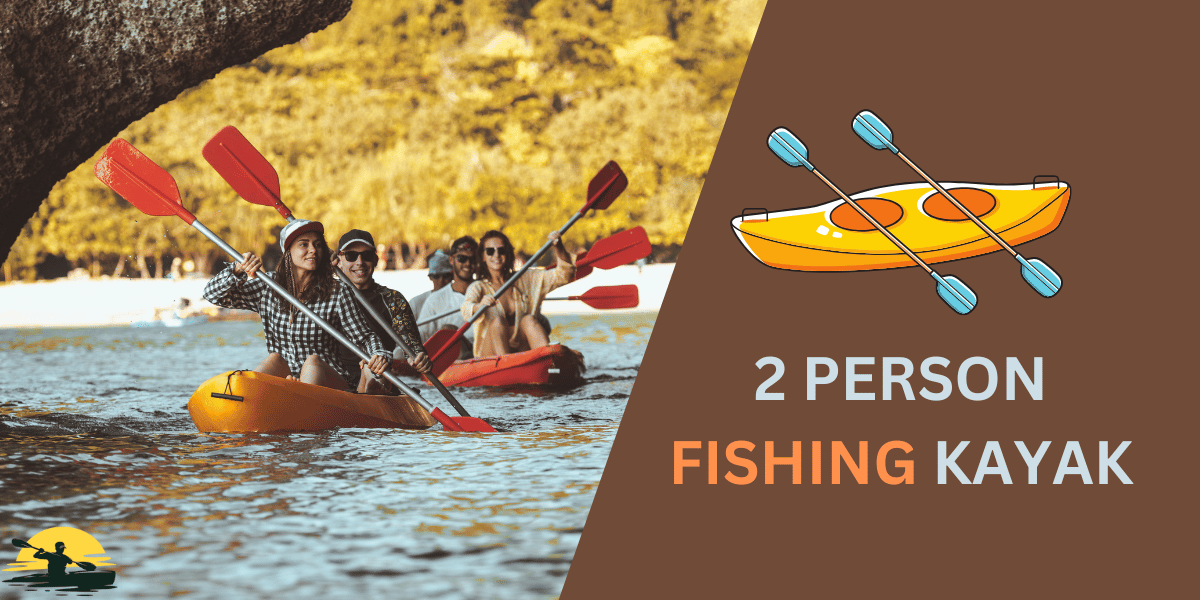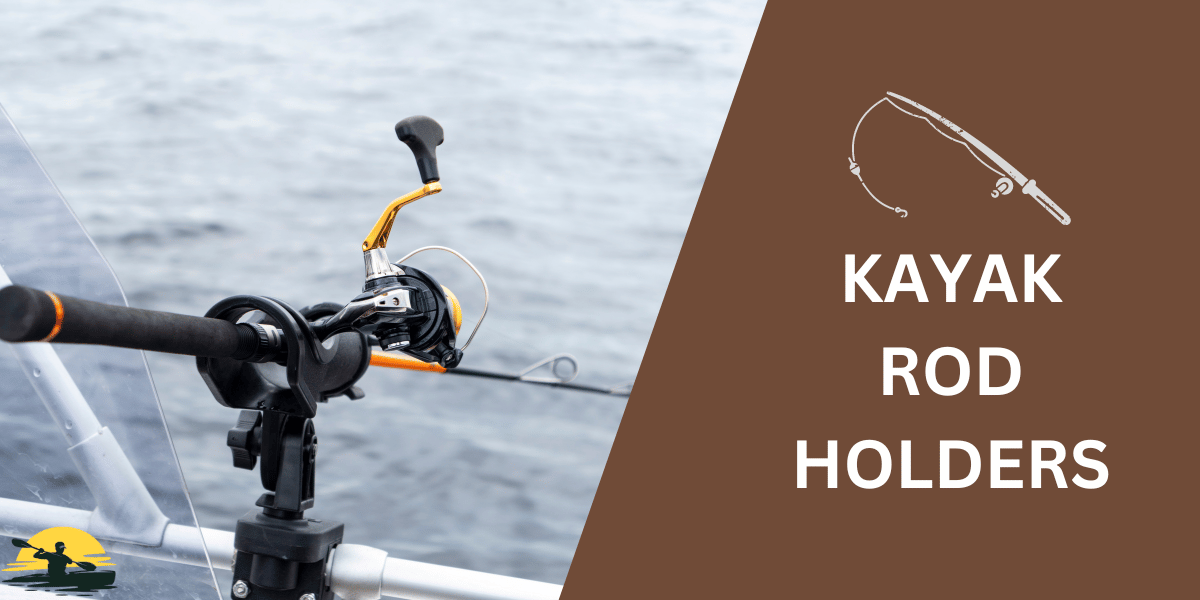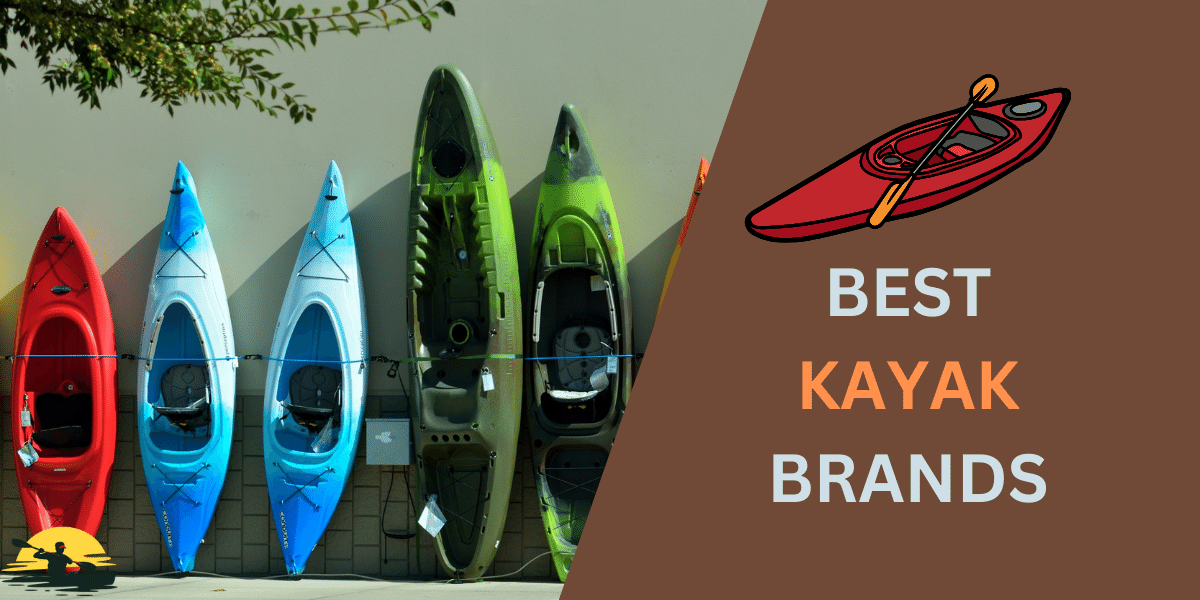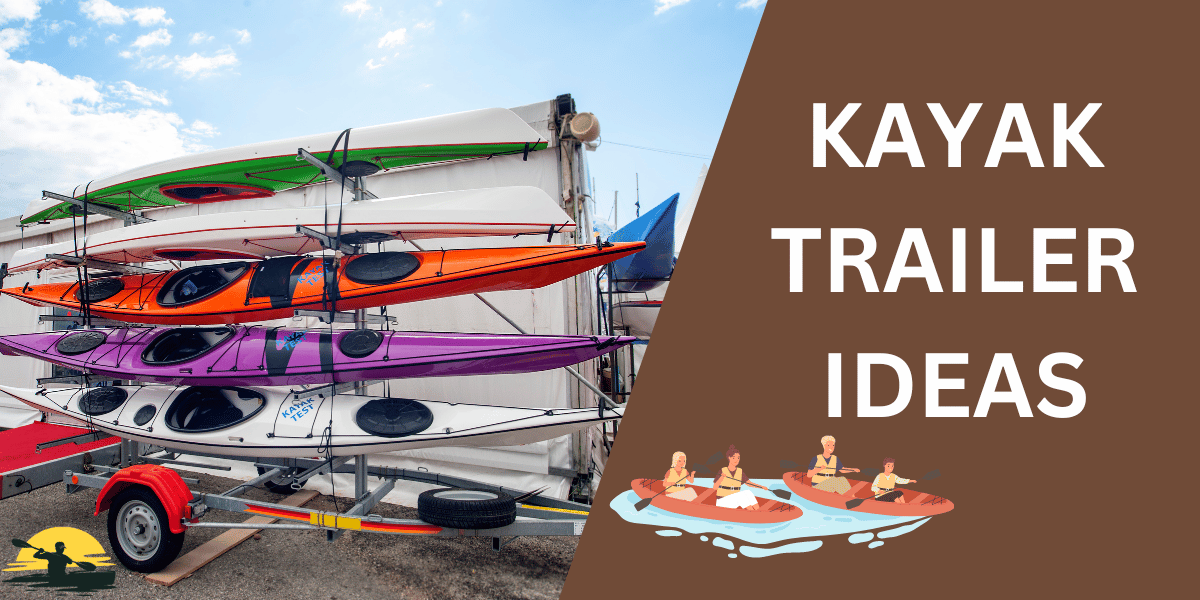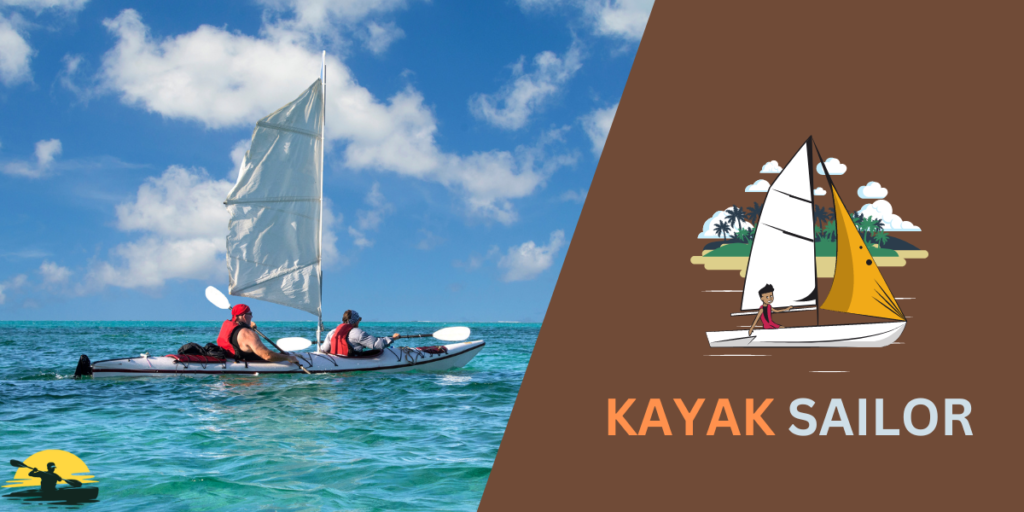
Kayak sailing, an exhilarating blend of kayaking and sailing, is gaining traction among water sports enthusiasts for its thrilling experience and unique approach to harnessing the wind’s power. This guide is designed to take you through everything you need to know about becoming a proficient kayak sailor, from selecting the right gear to mastering the winds of the Columbia River Gorge.
What is Kayak Sailing?
At its core, kayak sailing introduces the concept of attaching a sail to the main body tube of a kayak, transforming the traditional paddling experience into one powered by wind. Unlike standard sailing boats, a kayak with a sail relies on the paddler’s skill to control and navigate, offering a more intimate connection with the water.
Types of Kayak Sails
Choosing the right sail is pivotal in kayak sailing. Sail area, shape, and the ability to deploy or stow the sail efficiently are critical details. Sails come in various forms, each designed for different sailing conditions and kayak types. Downwind sails capture breezes from behind, pushing the boat forward, while upwind sails allow for more complex maneuvers against the wind.
Getting Started with Kayak Sailing
Choosing the Right Kayak
Not all kayaks are suitable for sailing. The ideal kayak should have a sturdy hull capable of supporting a sail rig without compromising stability. Width and length play a vital role in determining how well your kayak will handle under sail. Features to consider include a spacious cockpit for easy access to sail controls and a design that supports mounting hardware without damaging the kayak.
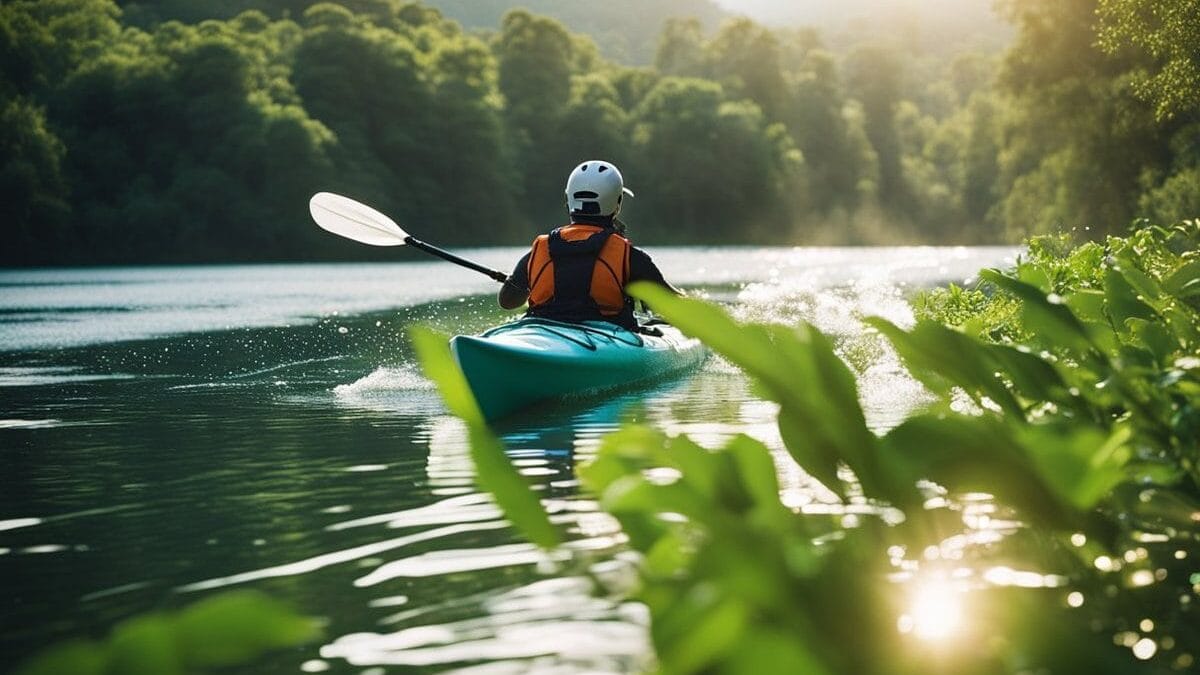
Essential Gear and Equipment
Beyond the sail, kayak sailors must equip themselves with safety and navigation tools. A reliable life vest, helmet, and paddles are non-negotiable, while waterproof bags protect your essentials from splashes. For those venturing into the vast Columbia River Gorge, a compass and detailed maps or a GPS device are invaluable for keeping your course.
Learning to Sail Your Kayak
Mastering the control of your kayak under sail requires practice and patience. Beginners should start in calm waters, gradually moving to more challenging conditions. Understanding how to adjust the sail area and rigging in response to changing winds will improve your efficiency and speed on the water.
Safety and Navigation
Safety should always be a kayak sailor’s priority. Wearing appropriate protective gear, checking weather forecasts, and informing someone about your sailing plan are fundamental practices. When sailing in new locations, especially in areas as dynamic as the Columbia River Gorge, familiarize yourself with local sailing conditions and regulations.
Maintenance and Care
Maintaining your kayak and sail in top condition extends their lifespan and ensures safety. Regular checks for damage, proper storage, and cleaning of saltwater residues are all part of the routine. Pay special attention to the sail’s materials and the kayak’s hull integrity to prevent unexpected issues during your adventures.
Joining the Kayak Sailing Community
Connecting with fellow kayak sailors can significantly enhance your sailing experience. Many regions, including those around the Columbia River Gorge, have clubs and groups that organize outings and provide a platform for sharing tips and stories. Engaging with these communities can also offer opportunities to try different kayak models and sail rigs.
Destinations and Adventures
The Columbia River Gorge, with its strong winds and breathtaking scenery, is a prime location for kayak sailors seeking adventure. However, the world is full of incredible destinations waiting to be explored. From coastal journeys to navigating the serene waters of secluded lakes, each location offers a unique set of challenges and rewards.
Preparing for Your First Kayak Sailing Adventure
Before setting out, ensure you have all the necessary gear and have familiarized yourself with your equipment. Planning your route, understanding the weather patterns, and knowing where to seek help in emergencies are crucial steps in ensuring a successful and enjoyable trip.
Conclusion
Kayak sailing is a unique and rewarding way to explore the waterways of the world. Whether you’re gliding through the majestic Columbia River Gorge or navigating your local lake, the sense of freedom and connection to nature is unparalleled. With the right preparation, equipment, and respect for safety, anyone can embark on a kayak sailing adventure. So why not rig up, catch the wind, and see where it takes you?
Frequently Asked Questions
What is kayak sailing?
Kayak sailing combines the techniques of kayaking with the addition of a sail to harness the wind for propulsion. This exciting activity transforms a traditional kayak into a wind-powered vessel, using a rig to mount the sail. It requires a blend of sailing and kayaking skills to navigate and control the boat effectively, offering a unique way to explore waterways with the added speed and excitement of sailing.
How do I choose the right sail for my kayak?
Choosing the right sail involves considering your kayak’s size, the conditions you’ll be sailing in, and your experience level. A larger sail can provide more speed but requires better control, especially in strong winds. Look for sails designed for easy mounting on your kayak’s rig, with adjustable features for different wind conditions. It’s also beneficial to select a sail that has durable materials that can withstand the elements.
Can I kayak sail in the Columbia River Gorge?
Yes, the Columbia River Gorge is a popular destination for kayak sailing due to its scenic beauty and consistent wind conditions. However, sailing in this area requires preparation and awareness of the weather and water conditions, as the gorge can experience strong winds and currents. Ensure your kayak and sail are well-suited for the challenges of this environment, and always prioritize safety.
What are the essential components of a kayak sailing rig?
A kayak sailing rig typically includes the sail, mast, and mounting system to attach it to the kayak. Additional components might include lines to control the sail’s angle and position, a rudder or skeg for better steering, and stabilizers or outriggers to enhance stability. The rig’s design should allow for easy adjustments and reliable performance under various wind conditions.
How do I get started with kayak sailing?
Getting started with kayak sailing involves ensuring you have the right equipment, including a suitable kayak, sail, and safety gear. Familiarize yourself with basic sailing concepts and practice in calm, safe waters before venturing into more challenging conditions. Joining a local kayak sailing club or community can provide valuable insights, support, and learning opportunities for experienced sailors.


